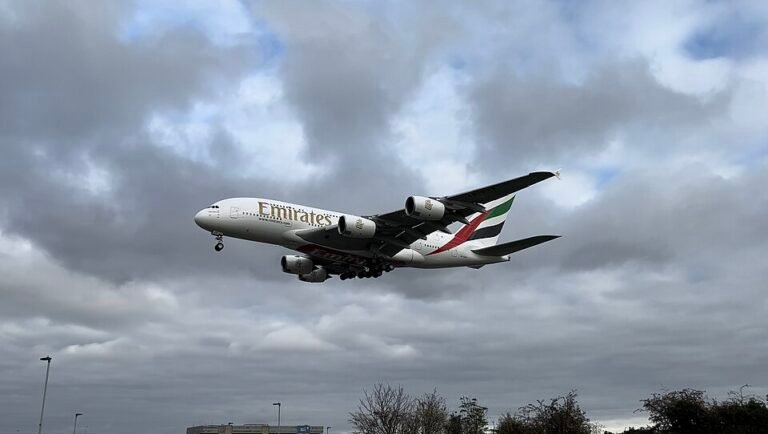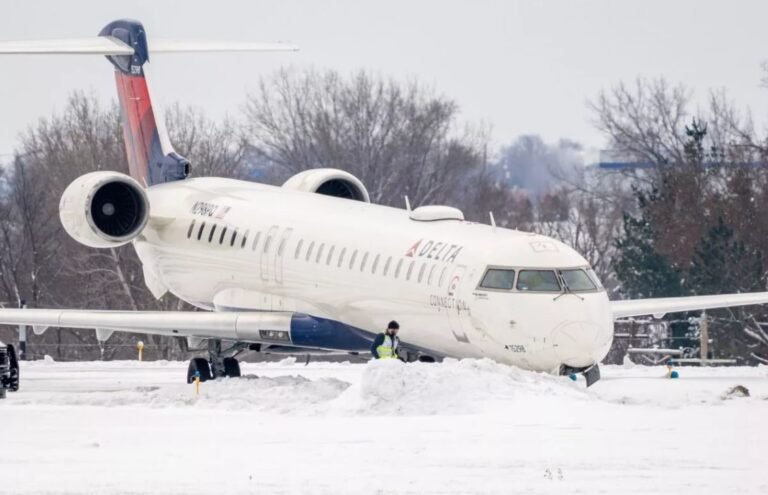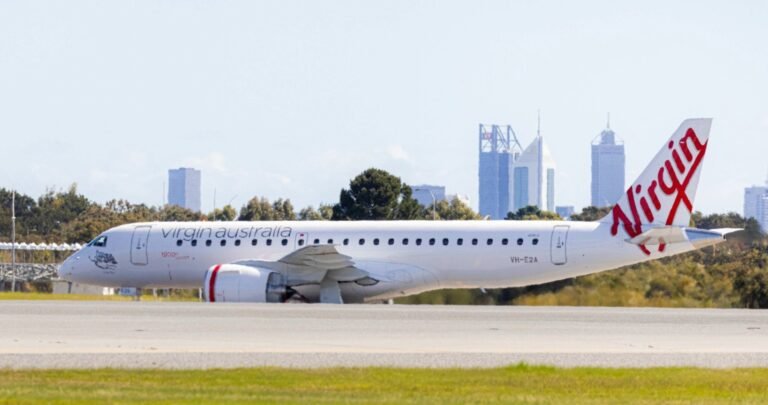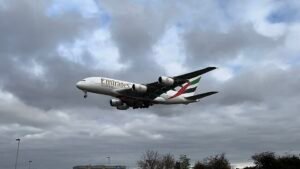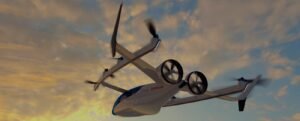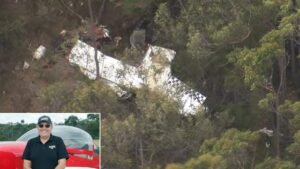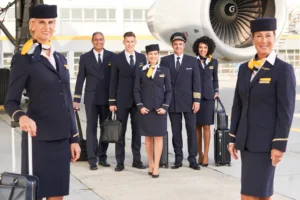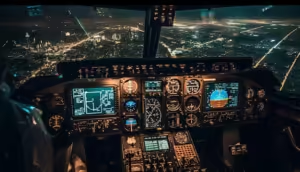Picture Credits – Social platform X
Bengaluru: India has made great steps toward self-sufficiency in the ever-changing world of aviation, where technical breakthroughs and an increased demand for competent pilots drive growth. The HANSA-3, introduced by The National Aerospace Laboratories (NAL) under the Council of Scientific and Industrial Research (CSIR) in 1993, was a significant milestone in this quest. This compact aircraft was a significant milestone in India’s aerospace development, demonstrating the country’s rising capability in aircraft design and construction.
Generations of pilots throughout India were trained in large part by the original HANSA-3, a two-seat light training aircraft. It was a popular choice for flying schools because of its price, simplicity, and ease of use, providing prospective pilots with a successful starting point in aviation.
As the worldwide aviation sector grew, so did the demand for more sophisticated training systems. In response, CSIR-NAL embarked on a mission to create an advanced successor to the HANSA-3—the HANSA-NG (Next Generation).
The HANSA-NG is part of India’s grander effort to achieve aviation self-sufficiency, which aligns with the “Make in India” policy. The aircraft is primarily aimed at flying schools, clubs, and pilot training academies in India and abroad.
The HANSA-NG was introduced in 2021 at the “Aero India” exhibition, marking a breakthrough moment in India’s domestic aviation endeavors. This modified trainer aircraft is designed to meet the needs of modern flight schools, featuring a glass cockpit, a more powerful Rotax 912iSc engine, these characteristics enable the HANSA-NG to perform in a broader range of flight circumstances, providing learners with valuable training for real-world flying.
The aircraft’s revised aerodynamic design provides more stability and control, making it an excellent choice for new and intermediate pilots.
The HANSA-NG is Instrument Flight Rules (IFR) compliant, which allows it to operate in a wider range of weather situations. This function is critical for pilot training because it allows students to practice instrument navigation and flight in low-visibility circumstances. The aircraft has also been outfitted with modern safety measures, such as sophisticated landing gear and a wing construction built to endure harsh weather.
Compared to its predecessor, the HANSA-NG has a longer range and greater endurance, allowing for longer flight times. This is an important feature for flying schools since it allows for longer training flights without having to refuel frequently.
The HANSA-NG has significantly improved aerodynamics, including a high-performance wing design. These changes produce improved flight characteristics such as increased stability, smoother handling, and greater control at varied flight speeds. The aircraft is designed to handle basic flight maneuvers effortlessly, making it an excellent choice for introductory instruction.
The Directorate General of Civil Aviation (DGCA) certified the HANSA-NG in early 2022, paving the way for wider implementation. Since then, various Indian aviation schools, including Indira Gandhi Rashtriya Uran Akademi (IGRUA), have incorporated the aircraft into their training programs, and it has also piqued the interest of international stakeholders looking for cost-effective training options.
NAL’s collaboration with commercial manufacturers is projected to boost the aircraft’s production capacity, making it available to a broader range of aviation training schools worldwide. This is an important step toward India becoming a major player in the global aviation training industry.
As of 2024, the HANSA-NG remains a key equipment for pilot training. While the previous HANSA-3 is still in use in some flying clubs, the HANSA-NG is gradually becoming the favored trainer for India’s expanding need for qualified aviators. This new generation of aircraft demonstrates not only India’s engineering ability, but also its aim of becoming self-sufficient in aerospace technology, minimizing reliance on foreign-made training platforms.
The HANSA-NG tale reflects India’s advancement in aviation, combining modern design, local production, and a strong focus on the future of pilot training both domestically and internationally.
Get updates about the latest aviation news here – Aviation Today!


